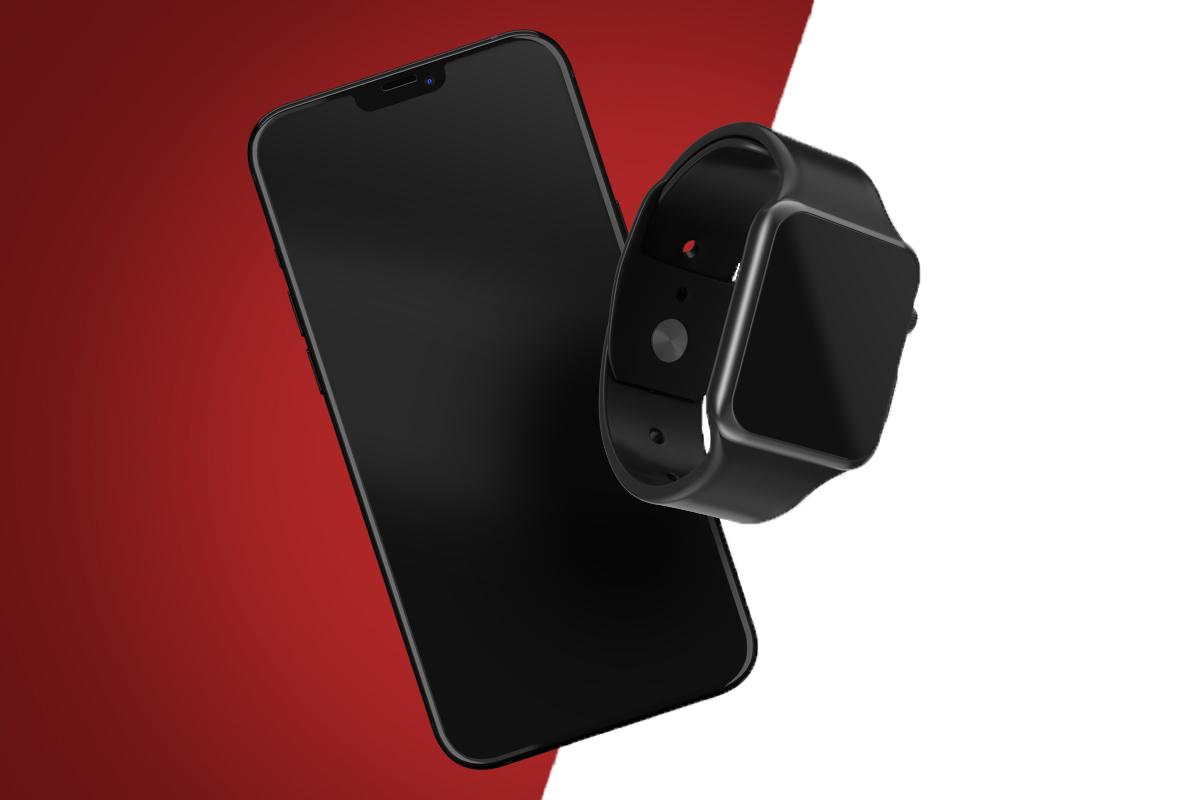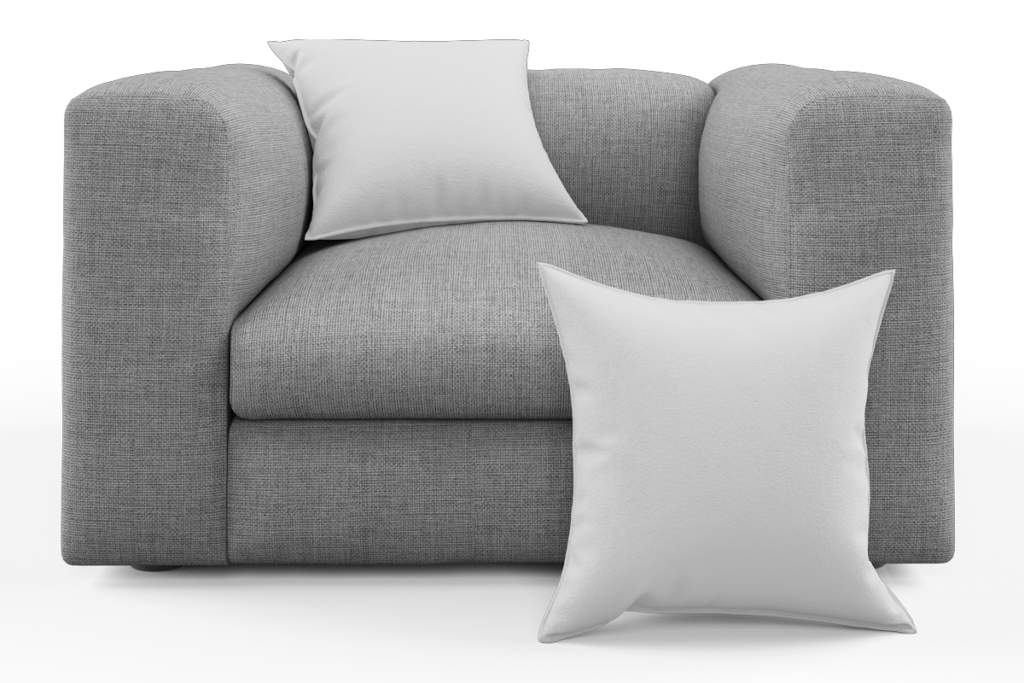
Advantages of Architectural Vector Drawing Services
Enhanced Design Accuracy: Vector drawing ensures precise, detailed illustrations that help bring your architectural vision to life.
Seamless Modifications: Make effortless changes to your designs without compromising quality, thanks to the flexibility of vector files.
High-Quality Output: Enjoy sharp, professional-grade drawings perfect for presentations which are printable across sizes from small to very large scale digital or physical media.
Time and Cost Savings: Outsource your vector drawing needs for efficient and cost-effective project management.
Scalable Solutions: Handle complex projects with ease—our services offer scalability to match your architectural needs.







